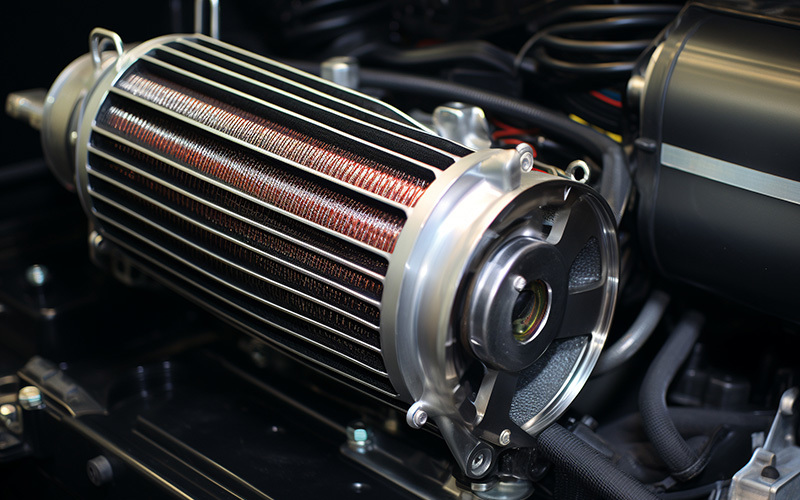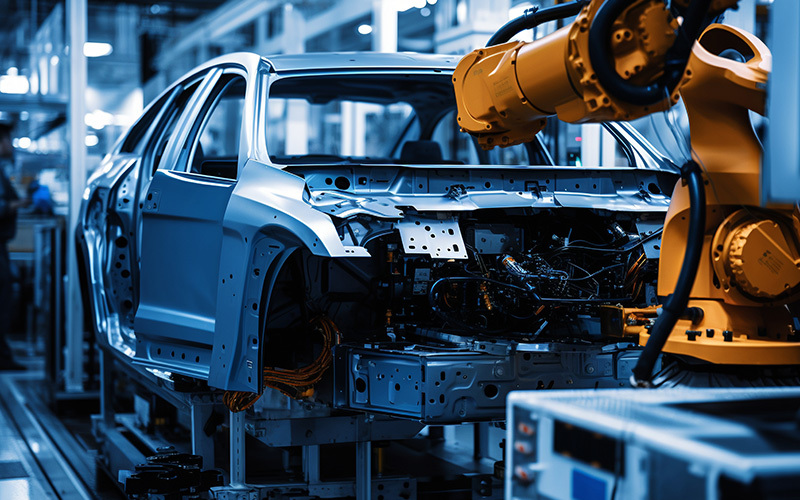Optimizing Your Auxiliary Parking Heater for Quick Heat Output
Release Time:
Apr 23,2025
Optimizing Your Auxiliary Parking Heater for Quick Heat Output Table of Contents 1. Introduction to Auxiliary Parking Heaters 2. Understanding Heat Output in Parking Heaters 3. Importance of Efficient Heating 4. Essential Maintenance Tips for Optimal Performance 5. Adjusting Your Heater Settings for Quick Heat 6. Improving Insulation and Heat Retention 7. Common Issues
Optimizing Your Auxiliary Parking Heater for Quick Heat Output
Table of Contents
- 1. Introduction to Auxiliary Parking Heaters
- 2. Understanding Heat Output in Parking Heaters
- 3. Importance of Efficient Heating
- 4. Essential Maintenance Tips for Optimal Performance
- 5. Adjusting Your Heater Settings for Quick Heat
- 6. Improving Insulation and Heat Retention
- 7. Common Issues and Solutions for Auxiliary Parking Heaters
- 8. Advanced Techniques for Enhanced Heat Output
- 9. Frequently Asked Questions
- 10. Conclusion
1. Introduction to Auxiliary Parking Heaters
Auxiliary parking heaters are essential for maintaining a comfortable temperature in your vehicle during the winter months. These heaters provide powerful heat output, ensuring that your car or truck is warm and ready to drive in cold weather conditions. In this article, we will explore various methods and tips to optimize your auxiliary parking heater for quick heat output, enhancing your driving experience.
2. Understanding Heat Output in Parking Heaters
Heat output is a critical factor to consider when using auxiliary parking heaters. The efficiency of these heaters depends on several components, including fuel type, heater design, and environmental conditions. Understanding how these elements interact can help you achieve optimal heat output.
2.1 Fuel Type and Its Impact on Heat Output
The fuel type used in your heater significantly affects its performance. Diesel, gasoline, and kerosene heaters each have unique characteristics. Diesel heaters, for example, typically provide a higher heat output and efficiency but may require more regular maintenance.
2.2 Heater Design and Technology
Modern auxiliary parking heaters utilize advanced technology to maximize heat output. Features such as digital thermostats, programmable timers, and high-efficiency heat exchangers contribute to faster heating times.
2.3 Environmental Factors
Cold weather can impact the performance of your heater. Factors such as outdoor temperature, wind chill, and vehicle insulation influence how quickly the heater can warm the interior of your vehicle. Being aware of these conditions can help you adjust your usage accordingly.
3. Importance of Efficient Heating
Efficient heating not only improves comfort but also conserves fuel and reduces emissions. Understanding the importance of optimizing your heater will help you make informed decisions that lead to better performance and environmental responsibility.
3.1 Fuel Economy
By optimizing heat output, you can ensure that your auxiliary heater consumes fuel at an efficient rate. This not only saves money but also decreases the frequency of refueling.
3.2 Environmental Impact
Using your auxiliary parking heater efficiently minimizes the carbon footprint. By reducing unnecessary fuel consumption, you contribute to a cleaner environment.
4. Essential Maintenance Tips for Optimal Performance
Regular maintenance is crucial for ensuring your auxiliary parking heater functions effectively. Here are some essential maintenance tips:
4.1 Clean the Heater System
Dust, debris, and soot can accumulate in the heater system, hindering performance. Regularly clean the components, including the combustion chamber and exhaust, to ensure smooth operation.
4.2 Check Fuel Lines and Filters
Inspect and replace fuel lines and filters as needed. Clogged filters can restrict fuel flow, compromising heat output.
4.3 Inspect Electrical Connections
Loose or corroded electrical connections can disrupt power supply to the heater. Periodically check and tighten connections to prevent issues.
5. Adjusting Your Heater Settings for Quick Heat
Making the right adjustments to your heater settings can significantly improve heat output.
5.1 Optimal Temperature Settings
Setting the thermostat to a comfortable yet efficient temperature can speed up the heating process. Most heaters perform best when set to medium-high settings initially before lowering once the desired temperature is reached.
5.2 Timer Usage
Utilize the programmable timer feature to preheat your vehicle before departure. Setting the timer to turn on the heater 20-30 minutes before you plan to leave can drastically reduce the time it takes to warm up the interior.
6. Improving Insulation and Heat Retention
Proper insulation in your vehicle can enhance heat retention, making the most of your heater’s output.
6.1 Window Insulation
Using window insulation kits or thermal curtains can prevent heat loss. These simple additions create a barrier against the cold, retaining warmth inside the vehicle.
6.2 Door Seals and Gaskets
Inspect door seals and gaskets for wear and tear. Replacing damaged seals can help reduce drafts and keep the heat contained within the cabin.
7. Common Issues and Solutions for Auxiliary Parking Heaters
Understanding common issues that may arise with auxiliary parking heaters can help you troubleshoot effectively.
7.1 Insufficient Heat Output
If your heater isn’t producing enough heat, check for fuel supply issues, clogged filters, or improper settings. Addressing these issues can restore optimal performance.
7.2 Unpleasant Odors
Unpleasant smells may indicate combustion issues or a buildup of debris. Regular maintenance and cleaning can help prevent this problem.
8. Advanced Techniques for Enhanced Heat Output
For those seeking to take their auxiliary parking heater optimization to the next level, consider these advanced techniques.
8.1 Upgrading Components
Upgrading to high-efficiency components, such as a better heat exchanger or fuel pump, can significantly enhance performance.
8.2 Utilizing Smart Technology
Smart technology can provide real-time data on heater performance and allow for remote adjustments. This innovation can improve efficiency and convenience.
9. Frequently Asked Questions
9.1 How long does it take for an auxiliary parking heater to warm the vehicle?
It typically takes 15-30 minutes for an auxiliary parking heater to warm the vehicle, depending on the size of the vehicle and heater capacity.
9.2 Can I run my auxiliary parking heater while driving?
While some heaters are designed for use while driving, it’s essential to consult the manufacturer’s guidelines to ensure safety and compliance.
9.3 What type of fuel is best for auxiliary parking heaters?
Diesel fuel is often preferred for its efficiency and heat output, but gasoline and kerosene options are also available depending on the model.
9.4 How often should I perform maintenance on my heater?
Regular maintenance should be performed at least once a year, with more frequent checks if you use the heater extensively.
9.5 Is it safe to use an auxiliary parking heater indoors?
No, auxiliary parking heaters should only be used in well-ventilated outdoor areas to prevent the buildup of harmful gases.
10. Conclusion
Optimizing your auxiliary parking heater for quick heat output requires a combination of proper maintenance, smart settings adjustments, and understanding the technology at play. By following the detailed strategies outlined in this article, you can enhance your heater's performance, ensuring your vehicle remains warm and comfortable during the coldest months. With attention to efficiency and safety, you can enjoy the benefits of a well-functioning auxiliary parking heater, making your winter driving experience more pleasant.
Keywords:
You Can Also Learn More About Industry Trends





